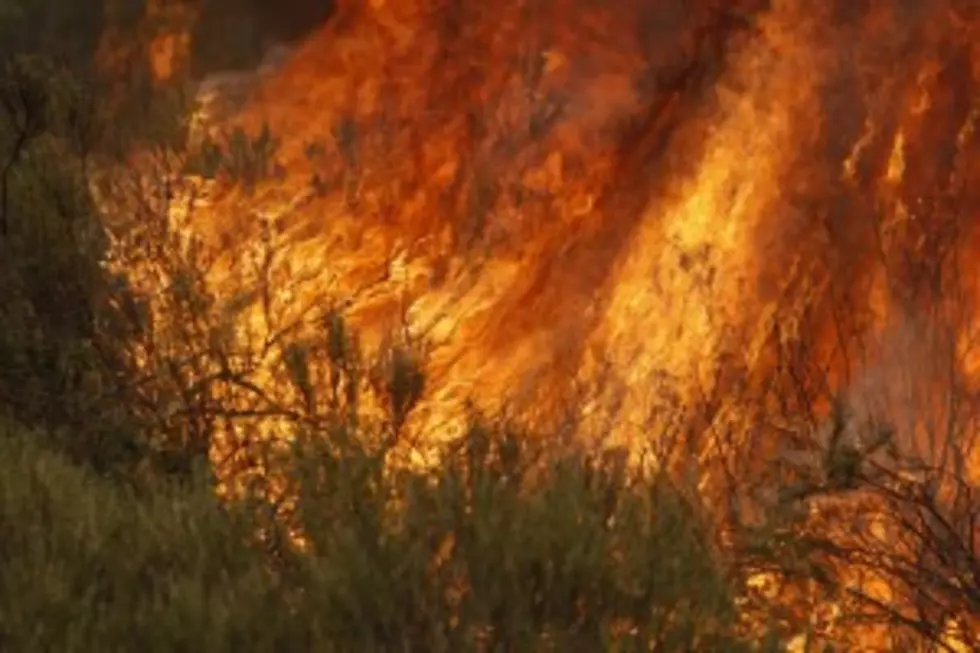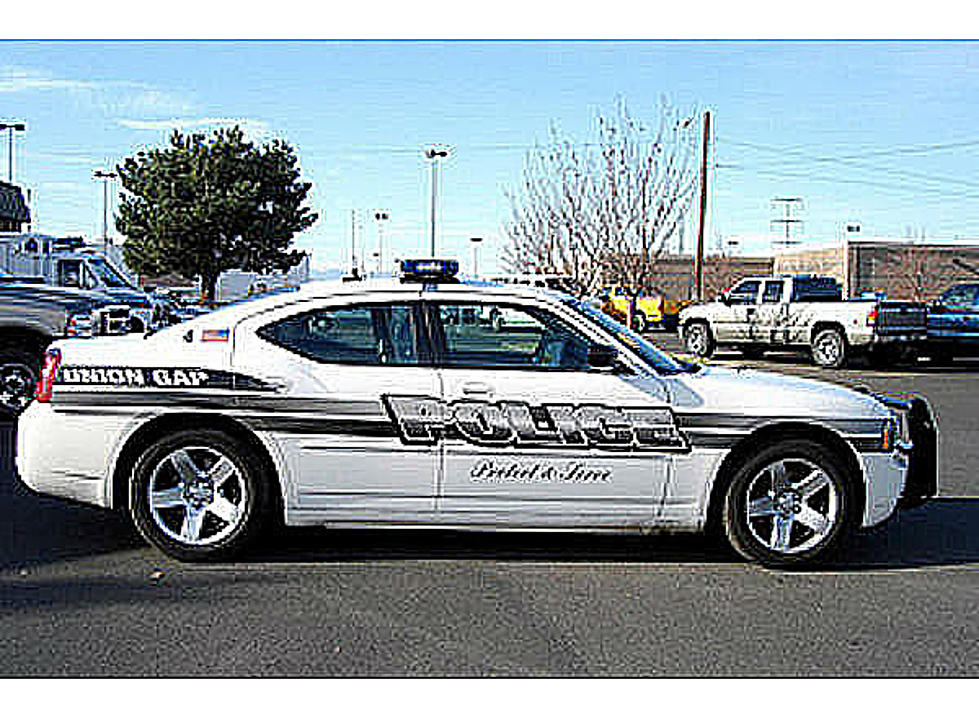
A Dry Winter Could Mean Tough Wildfire Season
After a long dry winter state officials are preparing for what could be a hot and dry spring and summer. Clint Bowman, an atmospheric scientist with the Washington Department of Ecology says the same conditions that set the stage for the drought- above-average temperatures and low snowpack-are also expected to create dry fields and forest beds in Central and Eastern Washington.
“Drought-like conditions increase the potential not only for dust storms, but for wildfires”says Bowman. “Spring and summer thunderstorms will bring the threat of dust storms to the Columbia Basin and lightning-caused wildfires throughout the region.” He says strong winds blowing over loose soil on fields can cause extremely intense desert-style storms known as haboobs. Haboobs carry a wall of dust and dirt that has the potential to make driving hazardous, knock out power, close schools and cause severe breathing issues for people. Infants, small children and asthmatics are particularly vulnerable. Among air pollutants that Ecology monitors is pollution from dust storms and wildfires, which can cause respiratory issues for people and lead to a number of other health risks. “Wildfires also pose health problems,” said Gary Palcisko, a toxicologist with Ecology’s Air Quality program.
While wildfires may be viewed as short-term incidents, often times communities are exposed to high levels of particle pollution from wood, vegetation and anything else burned in the fire. “Sensitive individuals can experience serious respiratory and cardiovascular effects which could require a visit to hospital emergency rooms,” said Palcisko. “Air pollution can reach such high levels that even healthy people could experience difficulty breathing and burning eyes.”
More From News Talk KIT









